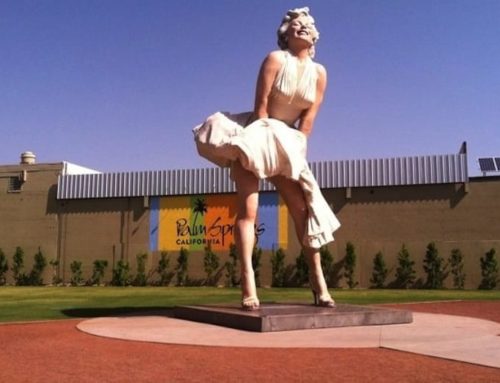What’s it worth? We constantly and automatically assess the value of almost every aspect of our daily lives, tangible and intangible. Why then do arts organizations constantly find themselves in the awkward position of having to justify and defend their worth?
Mary Cahalane, a nonprofit consultant who writes a fundraising blog, suggests fundraising for the arts must be more human than metric. And that begs the question: Are you a true believer? Do you believe in the power of the arts to bring people together, transform lives, and even change the course of history?
Never mind impact numbers. Art matters for wholly human reasons: they illuminate, transcend, encourage openness and empathy, and express the issues of life and living. “It has been a crucial part of humanity since we told stories around the campfire and painted the ceilings of caves,” Danny Gregory, author of almost a dozen books on art and creativity, writes in his blog. “Art is here to make us feel better and be better, to remind us of our humanity and our connectedness, to unearth and share our feelings, to remind us we are not alone. Art is forever and for everyday.”
If you want to understand what will motivate someone to donate, ask someone who already gives to the arts. “Ask them why it matters,” Cahalane says, adding that her own love of theatre led her to a career in the arts. “Learn their stories. Dig into their emotional connection to your organization. That’s where you’ll find the most compelling answer. Meet them, listen to what they say, then use the information to talk to other donors and possible donors.”
One place to find those prospects is in your existing audience — with people who have already paid for a ticket. “They must be cultivated while their interest level is high,” according to WealthEngine in Bethesda, Maryland, which suggests gathering information through sales and events. “Information can be captured through online ticket purchases, surveys, and visitor kiosks placed at entrances.”
Kim Klein of Klein and Roth Consulting and author of Reliable Fundraising in Unreliable Times, adds, “People who come to a performance, even if the performance is free, should be asked for money at intermission, and asked to join the mailing list. Once people have given, they have to be asked to give again, then to give more, and then even more, in a systematic and respectful way.”
Shonagh Manson, director of the Jerwood Charitable Foundation in London, likes to think, “You’re fundraising all the time, even if you’re not a fundraiser by role. This is true not only every time you represent your cause or organization to people, but every time anyone interacts in any way with you and your organization. Everything creates an impression. Cultivate everyone you meet.”
So, “Why give to the arts when people are starving in the gutter?” Tony Poderis baits on the Raise Funds blog. “We need to do is step out of the defensive posture our critics would force us into. We need to start asserting the value of the arts.”
Click here to support the California Desert Arts Council!
Related blogs
How to Target Lifelong Supporters in Performing Arts
Your Brand Story: Change the Fundraising Game by Driving Donations and Building Relationships







